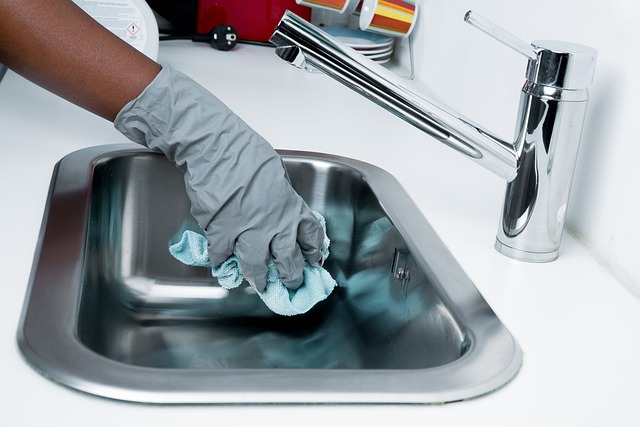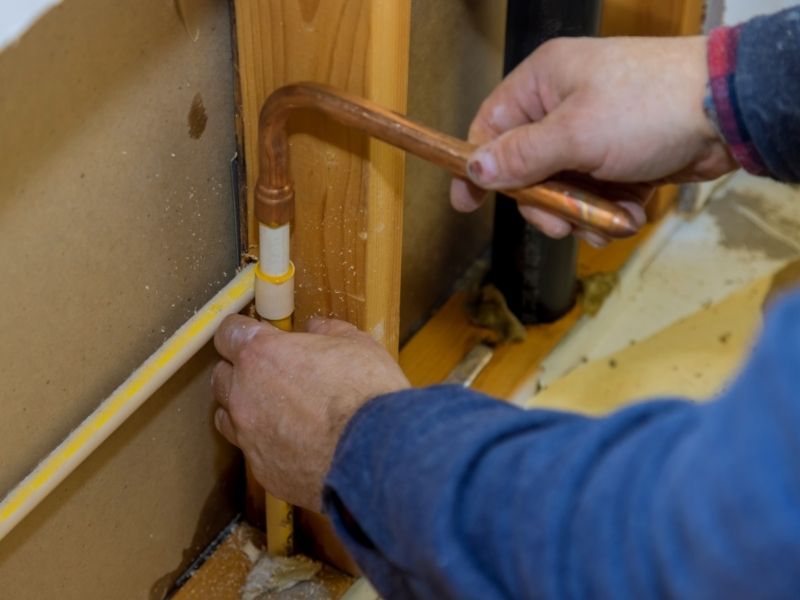Strategies for Handling Plumbing Issues in Rental Properties
Strategies for Handling Plumbing Issues in Rental Properties
Blog Article
What are your insights and beliefs on Plumbing Maintenance and Repair in your Rental Property?

Handling pipes issues in rental buildings efficiently is vital for maintaining occupant satisfaction and protecting the building's value. Whether you're a landlord or a building manager, understanding just how to resolve these typical troubles can save you time and money while making sure conformity with lawful responsibilities. Right here's a step-by-step overview on just how to deal with pipes concerns in rental residential properties.
Document Everything
Maintain thorough documents of all reported pipes problems and the actions taken to resolve them. Paperwork should include days, descriptions of the issue, interaction with renters, and invoices from contractors or plumbers. This information can be vital for insurance policy cases, tax obligation deductions, and lawful security.
Usage Qualified Professionals
Constantly utilize certified and insured professionals for significant pipes repairs and installments. This guarantees that the job depends on code and can help stay clear of obligation issues in case of crashes or further damages. It also comforts renters that repairs are being managed expertly.
Develop Clear Interaction
Motivate tenants to report any type of pipes concerns as soon as they take place. Offer numerous communication channels such as phone, email, or an occupant site to make it easy for them to reach out. Motivate reactions to these records can protect against minor issues from intensifying into significant problems.
Enlighten Occupants
Educate your lessees regarding what constitutes a pipes emergency and what does not. Provide standards on exactly how to handle small issues themselves, such as making use of a plunger to unblock a toilet. Additionally, inform them concerning what they must avoid putting down drains to avoid obstructions, such as grease, coffee premises, and non-biodegradable items.
Routine Upkeep
Execute a regular upkeep schedule for all pipes systems in your service residential or commercial properties. Normal checks can aid identify and solve concerns like leaks, sluggish drains pipes, or rusty pipes before they come to be serious. Consider employing a specialist plumbing professional to examine the properties every year or semi-annually.
Quick Feedback to Emergencies
Have a plan in position for responding to pipes emergencies. This ought to include having the contact information of reputable plumbing services that supply 24/7 emergency situation fixings. Quick activity is important to lessen damages in circumstances like burst pipes or extreme leakages.
Preventive Upgrades
Think about upgrading older pipes systems and fixtures to much more modern, reliable designs. This can decrease the frequency and extent of plumbing issues and lower long-lasting upkeep prices. It's also a marketing point for possible renters that value upgrades and modern functions.
Lessee Move-Out Inspections
Conduct comprehensive plumbing checks during move-out examinations to make sure that any kind of concerns are recognized and addressed before a new lessee moves in. This avoids disputes with new renters over pre-existing conditions and makes sure the building remains in leading condition.
Understand Lawful Duties
Be aware of your legal duties pertaining to plumbing and basic home upkeep. Most jurisdictions call for landlords to guarantee their residential properties are habitable which all plumbing systems are in good working order. Failure to address significant concerns without delay can lead to lawsuits from lessees.
Renter Compensations
If a plumbing problem calls for instant focus and the renter fixes the issue on their own, have a clear policy in position for reimbursing expenses. Make sure lessees recognize they must get previous approval for higher-cost repairs unless it's an outright emergency situation.
Conclusion
Taking care of plumbing problems in rental homes requires a positive technique and great communication with occupants. By remaining on top of upkeep, responding promptly to emergencies, and making use of qualified experts, landlords can maintain their homes in excellent problem and keep good relationships with occupants.
How to Handle Water Damage in a Rental Property
What is Water Damage?
Water damage is harm or destruction caused by water entering areas where it is not supposed to be. It can be caused by a variety of sources and can manifest in different ways. The most common examples of water damage include:
Leaking roof Plumbing leaks Appliance malfunctions Poor drainage Flooding Sewage backup Condensation Tenant negligence HVAC system issues Frozen pipes Is water damage dangerous?
Water damage itself is not inherently dangerous, but it can lead to various hazards and health risks if not promptly and properly addressed. The severity of these risks depends on the extent of the water damage, the source of the water, and how quickly it is mitigated.
Some potential dangers associated with water damage include structural damage, mold and bacterial growth, electrical hazards, water contamination, and pest infestations. In situations where mold and mildew have gone unaddressed, mold can start to develop within 24-48 hours of water exposure, and this can impose a serious health risk to tenants. In particular, mold spores and damp conditions can lead to respiratory issues and even make existing health problems worse, such as allergies, asthma, or immune disorders.
Water Damage in an Apartment - Who is Responsible?
If the water damage is caused by the tenant’s negligence, the tenant is responsible for the cost of repairs. If the water damage is caused by a defect in the property, the landlord is responsible for the cost of repairs. If the water damage is a result of natural causes, such as excessive rain, then the landlord is responsible, since the water intrusion likely occurred due to a defect in the property. Landlord Responsibility water damage in rental property
Since maintaining habitability is the landlord’s legal responsibility, landlords are responsible for any resulting structural damage caused by water damage. These structural damages may include damage to walls, roofs, ceilings, and flooring. If water damage has affected the rental property’s original structure, the landlord is responsible for repairing or replacing those materials. Therefore, landlords should have property insurance that covers the structural components of their rental property so that they can receive help with the costs of covered events.
Preventative measures can also help landlords avoid massive renovations. Preventative maintenance may include conducting regular inspections to identify and address potential water damage before it becomes a major and urgent problem.
If a landlord fails to meet their responsibilities regarding water damage, it can lead to legal disputes and potential liability. Tenants who believe their landlord is not addressing water damage issues in accordance with California law can seek legal advice or contact local housing authorities for assistance.
https://www.goodlifemgmt.com/blog/water-damage-in-a-rental-property/

I hope you enjoyed our post about 10 Common Rental Property Repairs. Thanks for taking the time to read our article. Sharing is caring. Helping people is fun. I am grateful for being here. Come back soon.
Report this page